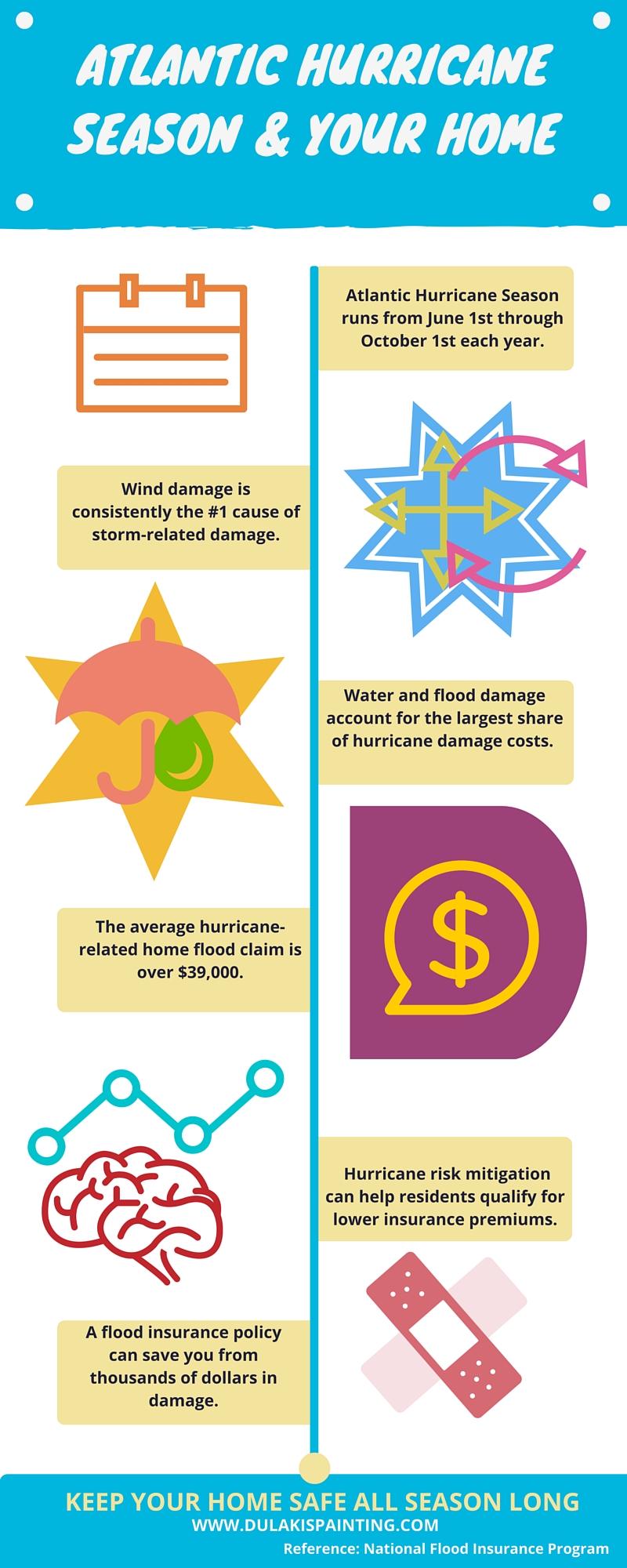Understanding Seasonal Influences On Commercial Exterior Paint: Essential Knowledge For Success
Understanding Seasonal Influences On Commercial Exterior Paint: Essential Knowledge For Success
Blog Article
Created By-Aguilar Whalen
When you're preparing a business outside painting project, seasonal aspects can make or damage your results. You'll wish to think about how temperature level and moisture impact paint application and drying out times. Choosing the appropriate season can ensure your paint sticks correctly and lasts much longer. But which periods are truly the very best for this sort of job? Let's discover the crucial elements that can affect your job's success.
The Influence of Temperature Level on Paint Application
When you're intending an industrial external paint project, the temperature can considerably impact exactly how well the paint adheres and dries.
Preferably, you want to repaint when temperatures range in between 50 ° F and 85 ° F. If it's as well cool, the paint may not cure properly, resulting in concerns like peeling off or breaking.
On the other side, if it's as well warm, the paint can dry too quickly, preventing appropriate bond and resulting in an unequal finish.
You must additionally consider the moment of day; early morning or late afternoon provides cooler temperature levels, which can be extra positive.
Always examine the producer's recommendations for the certain paint you're using, as they often offer support on the perfect temperature level array for optimum outcomes.
Moisture and Its Result on Drying Times
Temperature isn't the only environmental factor that influences your industrial external painting job; humidity plays a significant role too. High moisture degrees can decrease drying out times significantly, impacting the overall quality of your paint work.
When the air is filled with wetness, the paint takes longer to heal, which can result in problems like poor attachment and a higher danger of mildew development. If you're repainting on a specifically humid day, be gotten ready for extensive delay times between layers.
It's essential to keep an eye on neighborhood weather and plan as necessary. Ideally, aim for humidity degrees in between 40% and 70% for ideal drying.
Keeping these consider mind guarantees your project stays on track and delivers an enduring coating.
Best Seasons for Commercial Exterior Paint Projects
What's the most effective time of year for your industrial exterior paint projects?
Springtime and early loss are usually your best options. Throughout these seasons, temperatures are moderate, and humidity degrees are often reduced, creating excellent conditions for paint application and drying.
Avoid summer's intense heat, which can create paint to completely dry too quickly, causing poor attachment and surface. Similarly, winter months's cool temperature levels can prevent correct drying and curing, risking the longevity of your paint task.
Go for great site with temperature levels between 50 ° F and 85 ° F for optimum outcomes. Keep in mind to check the local weather prediction for rain, as damp conditions can ruin your project.
Preparation around these variables ensures your painting project runs smoothly and lasts longer.
Conclusion
Finally, intending your industrial external paint projects around seasonal factors to consider can make a considerable distinction in the end result. By organizing interior home painters during the ideal temperatures and humidity degrees, you'll ensure much better attachment and drying times. Keep in mind to watch on neighborhood weather prediction and choose the correct time of year-- springtime and very early loss are your best bets. Taking these steps will certainly aid you accomplish a durable and professional finish that lasts.
